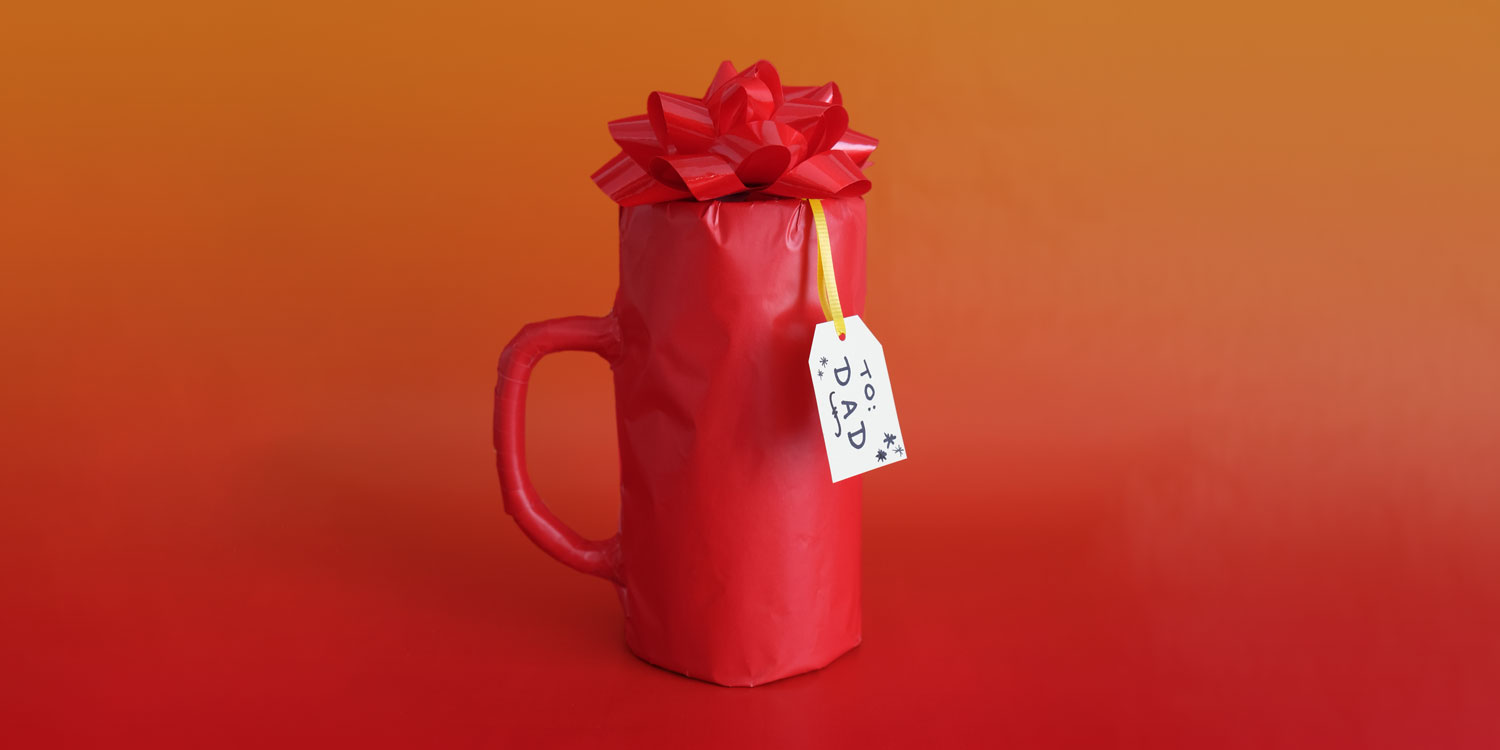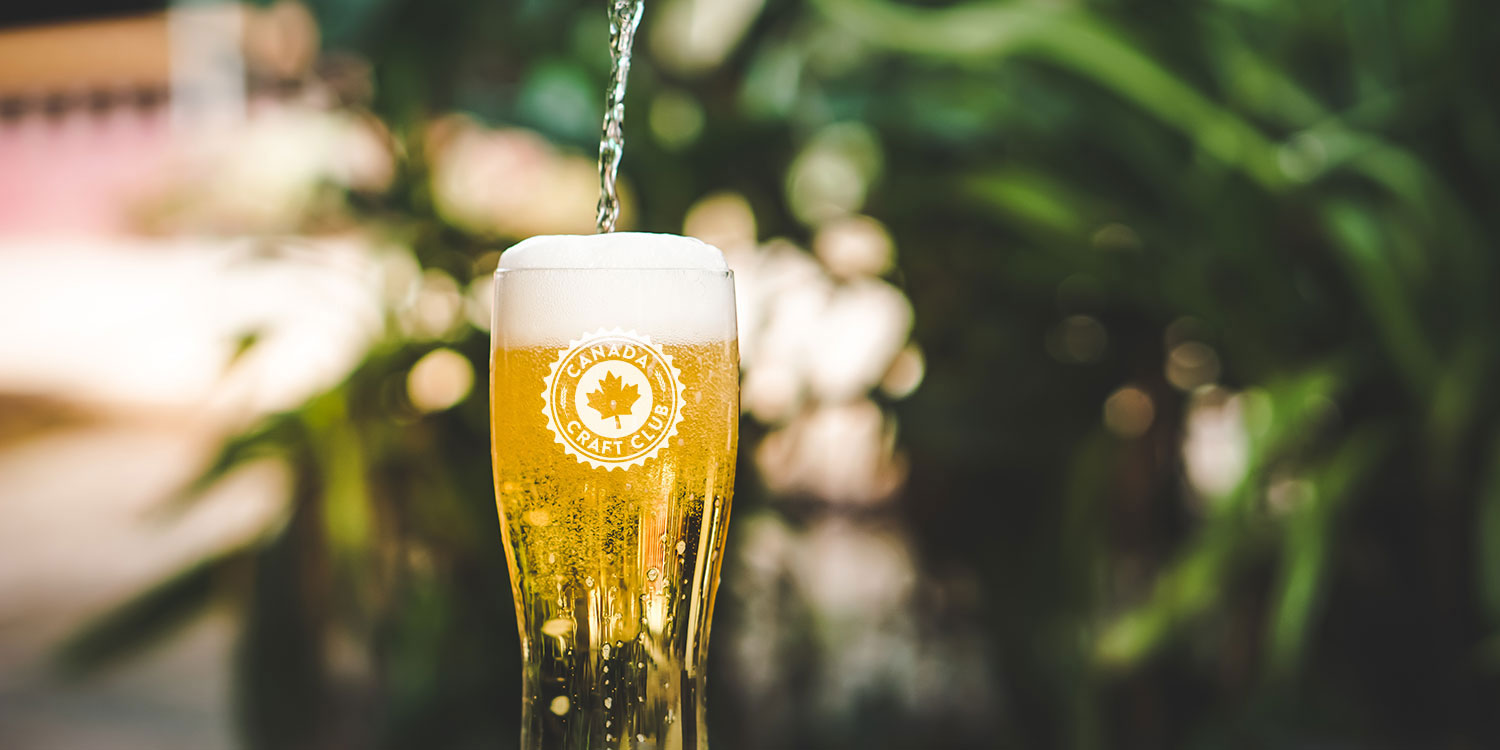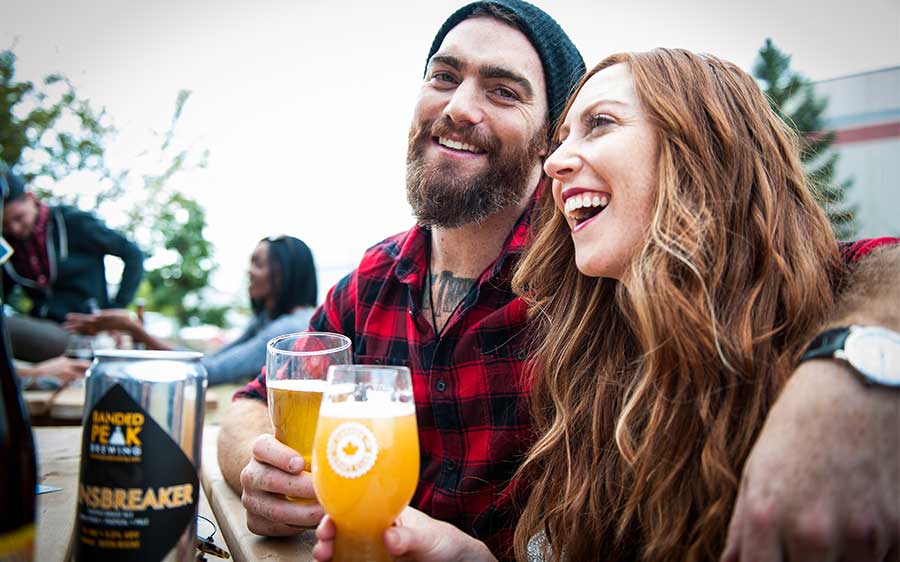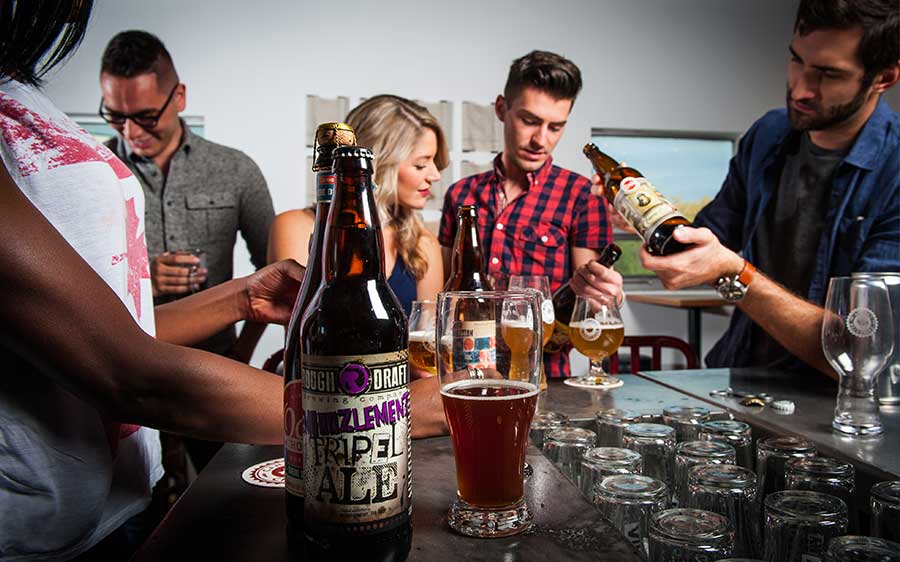Are you seeing green? St. Patrick’s Day is just around the corner, and with it the annual explosion of green everything—green clothing, green hats, and of course, green beer! But what exactly is green beer, and where did this particular St. Patrick’s Day tradition come from? Read on to learn about the history of this delicious verdant concoction!
Or, if you like, you can skip straight to making your own:
What is Green Beer?
It depends on who you ask! In the context of St. Patrick’s day, green beer is really just beer with a few drops of food colouring dye to give it a festive colour, because what’s more celebratory than matching your drink to your outfit?
What “Green Beer” Means in Brewing
The phrase “green beer” hasn’t always referred to the colour of a pint, and if you’re talking to a brewer chances are it still doesn’t. As a brewing term, it refers to beer that has undergone an initial fermentation but still requires more maturation. This means that it is too new or “green” to be on the market. Beer that is too new will still have unwanted byproducts kicking around from the fermentation, specifically acetaldehyde and diacetyl.
These days, brewing safety standards are high and even a beer that’s a little “green” will at worst taste funky, but once upon a time the concern was more pressing. In the late 1800s and early 1900s, beers would sometimes be rushed to market before fermentation was even complete. So, the concern around green beer was less about having an unpleasant drink and more about the looming threat of indigestion. Yikes!
Green Beer for St. Patrick’s Day
Don’t worry, though. If you go down to the pub and ask for a green beer on March 17th, the “green” will be completely literal, referring to the bright emerald colour of the drink itself. Whether served at a bar or made at home, green beer is a popular way to celebrate the holiday. The tradition dates back over a hundred years. It’s also, surprisingly, not an Irish tradition at all. Instead it has its roots all the way across the pond in the United States of America.

The History of Green Beer
That’s right, green beer for St. Patrick’s Day is actually an American tradition! The story of its origins are a bit hazy, with credit often going to Irish-American coroner Dr. Thomas Hayes Curtin, who unveiled his own creation for guests at a St. Patrick’s Day celebration in New York City in 1914.
However, Curtin is speculated to have been inspired by an earlier instance of emerald innovation. The front page of the Spokane Press from March 17th, 1910 shows a blurb entitled “Green Beer Be Jabbers!” regarding a bar in Spokane, Washington, serving patriotic Irishmen a green beer of mysterious origin in celebration of St Patrick’s Day.
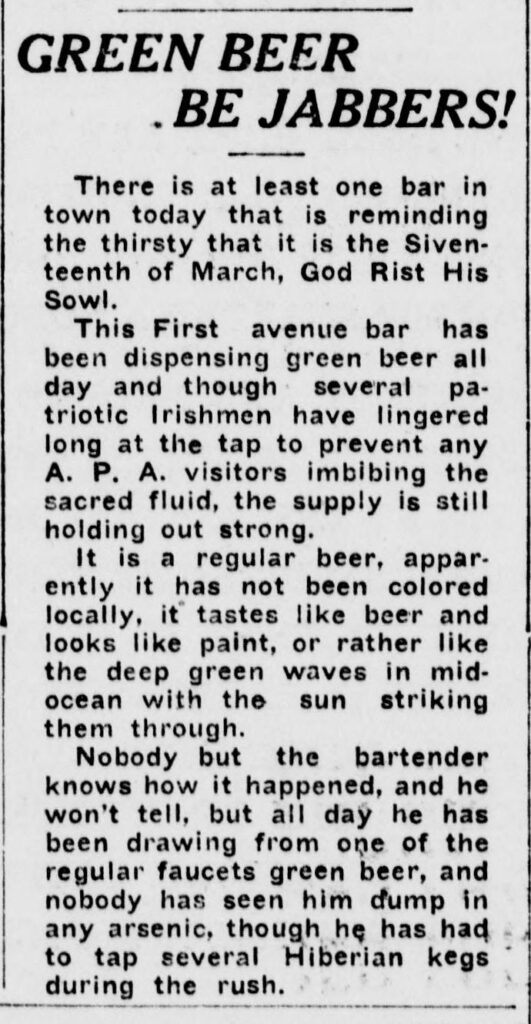
Regardless of whether Curtin knew about this earlier instance of green beer, he was certainly at least partially responsible for its popularization! Thankfully, modern versions have long since parted ways with his original recipe, which required a single drop of “Wash Blue”, an iron-based laundry whitener.
How to Make Green Beer
So how do you make green beer in our modern times? As mentioned above, these days a green pint is easily achieved with the addition of a few drops of food colouring. How many drops exactly depends on which beer you’re dyeing as well as how vibrant you want the beer to be, but somewhere between one and three drops is probably the sweet spot unless you’re hoping to dye your tongue for the holiday as well.
Also, make sure that you’re using green and not blue food colouring dye! While the mix of the natural golden colour of beer and blue food colouring does result in a greenish tinge, the exact shade is much harder to predict or control, and you may end up with something closer to turquoise. You may also find yourself needing more dye to get the exact shade you’re looking for, which could in turn have an adverse effect on the taste.
Can You Taste the Food Colouring in Green Beer?
Usually, no! Some people claim to taste the difference, but unless you have a super sensitive palate, beer dyed with just a drop or two of food colouring should taste and feel virtually the same as beer without. However, we can’t guarantee what will happen if you add in a lot of food colouring, which is why it’s a good idea to just try a drop or two to start! Assuming you’ve chosen a nice light beer, that should be all you need to end up with a nice bright colour.
Which Beers Work Best For Green Beer?
When it comes to choosing a beer for your St. Patrick’s Day celebration, colour is key. It’s probably pretty obvious, but dyeing your beer green is a lot easier when the beer in question is light enough for the dye to show, so the lighter the beer the better! You may like a dark roasted malt the rest of the year, but our advice is: save your favourite porter for a different occasion.

Colour aside, feel free to choose whatever beer you like! While some people may prefer to use the cheap stuff, there’s really no point in drinking a beer that you’re not enjoying. So ask yourself what you’d rather sip on and go from there.
Do You Have to Use Green Food Colouring to Make Green Beer?
Regular food colouring is certainly the most popular method of making green beer. However, there are more natural alternatives for those who don’t want to use artificial dyes. Remember that using natural methods of dying your beer green might not have quite the same vibrant results. You’re also more likely to taste whatever you use as a dye. That doesn’t mean the taste will be bad, depending on your preferences, but it’s something to keep in mind!
Here’s how to make green beer without food colouring:
Matcha Powder:
If you’re a fan of a green tea latté, you’re probably already familiar with this particular option. Matcha is a powdered green tea that is quite popular for use in baking, lending its signature green colour to all sorts of delicious treats. Adding a teaspoon of matcha will turn your beer olive green and shouldn’t affect the taste of the beer much. (It will also make the head of the beer thick and foamy, if you’re into that sort of thing.) However, it also probably won’t incorporate into your beer all the way so prepare for a slightly different texture than you’re used to.
Spirulina:
If you’re looking for a more vibrant colour for your St. Paddy’s celebration, Spirulina is another option! Even a small amount will turn your beer a bright hunter green, and a small amount is really all you want, so be careful! Spirulina is a type of powdered algae, so adding too much may result in your beer tasting like seaweed.
Natural Food Dyes:
If sourcing specific green food dyes sounds like too much work, some companies have started to create food colouring kits with plant-based food dyes! Depending on the kit, the composition of the green dye will vary, so it might be made with matcha powder or spirulina. Wheatgrass and spinach are also popular options.
Eat, Drink, and Be Merry
Having a nice green beer can be a fun and whimsical way to celebrate St. Patrick’s Day. Assuming of course, we’re talking about a beer that has been dyed green, and not an under-fermented pint that’s been snuck from someone’s home brewing setup. Having some friends over for the 17th? If there’s a nice lager or pale ale you’ve been meaning to sample, consider running down to your local grocery store for some green food colouring and surprising your guests with this festive treat!
And if you want to learn more about beer—green or otherwise—consider a Canada Craft Club subscription. Every package comes with a beer guide that will help guide you on your way to becoming a beer connoisseur. More importantly, every package also comes with a curated selection of delicious craft beers—some of which you can even dye green!
Join the Club [link to subs page]

